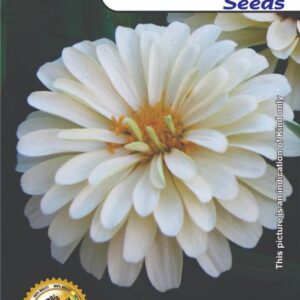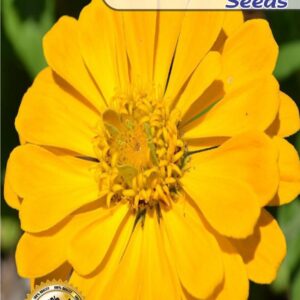Sunflowers (Helianthus annuus) are iconic, cheerful flowers known for their large, vibrant blooms and tall stems. Growing sunflowers is a relatively straightforward process, and they make a stunning addition to gardens. Here’s a guide on how to grow sunflowers:
Growing Conditions:
- Sunlight:
- Sunflowers thrive in full sunlight. Choose a location that receives at least 6-8 hours of direct sunlight daily.
- Soil:
- Sunflowers are not overly picky about soil type but prefer well-draining, moderately fertile soil. They can tolerate a wide range of soil pH.
- Watering:
- Keep the soil consistently moist but not waterlogged during the growing season. Water deeply when the soil is dry to the touch. Established sunflowers have some drought tolerance.
- Temperature:
- Sunflowers are warm-season plants. Plant the seeds after the last expected frost date in your region.
Planting:
- Seeds:
- Directly sow sunflower seeds into the garden after the danger of frost has passed. Plant the seeds about 1 to 1.5 inches deep and space them according to the variety’s recommendations.
- Transplanting:
- While it’s common to sow sunflowers directly, you can start seeds indoors 2-4 weeks before the last expected frost. Transplant seedlings carefully into the garden after the soil has warmed.
Care Tips:
- Support:
- Tall varieties of sunflowers may require staking or support to prevent them from bending or breaking, especially in windy conditions.
- Fertilizing:
- Sunflowers are not heavy feeders. Incorporate a balanced fertilizer into the soil before planting. Excessive nitrogen can lead to more foliage and fewer flowers.
- Deadheading:
- Deadhead (remove spent flowers) regularly to encourage continuous blooming. If you’re growing sunflowers for seeds, leave the spent flowers on the plant to mature and harvest the seeds later.
- Pests and Diseases:
- Keep an eye out for common sunflower pests like aphids, caterpillars, and birds (especially if you’re growing sunflowers for seeds). Diseases such as powdery mildew can occur, particularly in humid conditions.
Varieties:
- There are various sunflower varieties with different heights, flower sizes, and colors. Some popular varieties include ‘Giant Sunflower,’ ‘Dwarf Sunflower,’ and ‘Teddy Bear Sunflower.’
Sunflowers are not only beautiful in the garden but are also beneficial for attracting pollinators and providing seeds for birds. With their sunny disposition and straightforward growing requirements, they make an excellent choice for both novice and experienced gardeners.






















Reviews
There are no reviews yet.